A brief overview of the Solar system (01) -- Pierre's hypothesis and the planets.
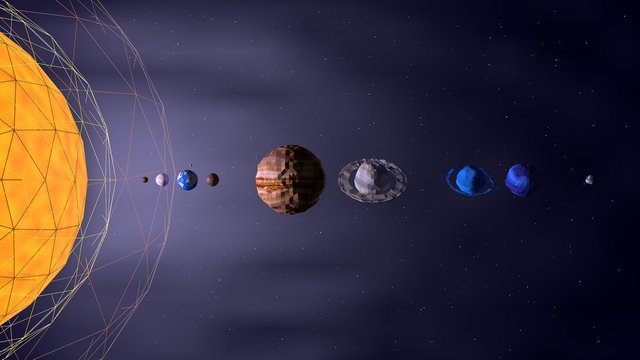
Stardusts and Galaxies, Asteroids, spirals, Moons and Stars and all. Isn't it pretty amazing how the environment outside of earth sounds? With the recent surges in the field of astronomy over the past 3 to 4 centuries, Man has gotten to explore the vacuum to a reasonable extent, enough to realize that there's a lot more to take in that we have always perceived. With the constantly evolving technologies and methods available to science today (such as the space probes and powerful telescopes), we have amassed quite a large body of data, We have been able to perform spacewalks, documented 9 planets in the solar system and seen the shimmering rings of Saturn. We have executed manned and unmanned space missions and dug and explored the Martian soil. We have gone on to discover planets like our earth, found craters and canyons, icefields and volcanoes. Never before has so much information about the cosmos (and every other thing in general) been revealed in such a short time.
Today, in the spirit of science, how about we a brisk stroll around our solar system just to get an overview and general characteristics of the kinds of stuff you'd find out there? No promises on this end, but it might just be worth your time.

The Solar system! -- Pierre Laplace's hypothesis
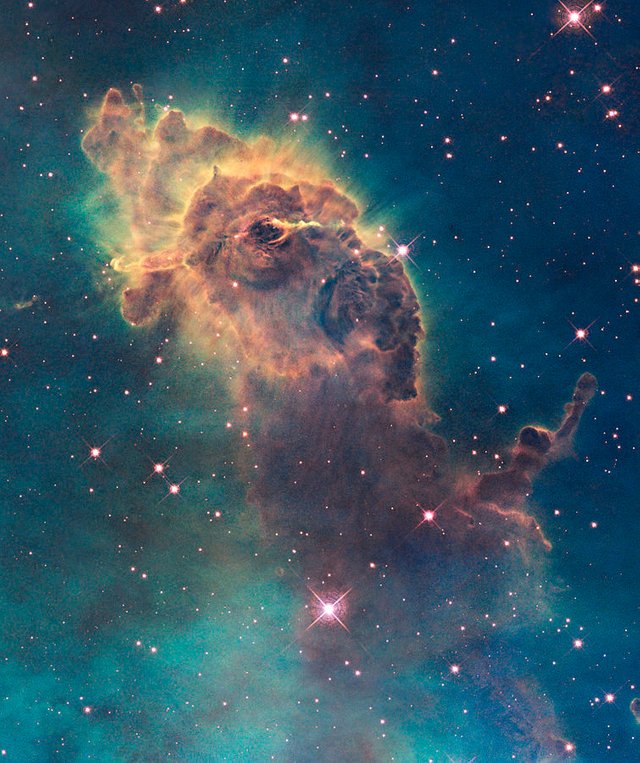
The Carina nebula. Image by NASA, ESA, and the Hubble SM4 ERO Team [Public domain], via Wikimedia Commons
Research data suggests that our solar system was created from a gigantic cloud of interstellar dust and gases that contracted under its own gravity some 4600 million years ago. As all of that matter contracted, they spun and collided into each other, converting gravitational energy into thermal energy to make the the process increasingly hotter, until a larger chunk (about 95%)source fell toward the center of the dust cloud to form a nebula, which, ultimately, gave birth to our star; The Sun (called the Protosun at its earlier stage).
The rest of the outlying matter that wasn't part of the sun was blown away and clustered at different places to form protoplanets. Over time, the protosun, - still being pulled by its gravity inwards- continued to shrink and increase in density until about 5 billion years ago, when it was warm enough to instigate a nuclear reaction by fusion, and give off an enormous amount of radiant energy!
The radiant energy was powerful enough to push away protoplanets even farther out into space, spinning them as they go. These protoplanets being acted upon by their own gravity, attracted even more space dust till they were big enough to become Planets on their own, and then smaller chunks of matter circled around them as natural satellites or moons.
This theory, (also known as the Nebula hypothesis) propounded by Pierre Simon Laplace has lasted long enough to take its place as the most accepted definition amongst others. By no means are these claims sufficiently elucidated at the moment. They're just our best possible answers yet as we continue to glean the solar system in search of every data we could get our hands on. However, this knowledge has helped humans form an understanding and perspective of our place in the universe!

The Planets of the Solar system.
Our solar system is made up of eight planets yet discovered, with each planet having distinctive and unique features from the others, as well as striking similarities. In order of their closeness to the sun, I present to you:
- Mercury
- Venus
- Earth
- Mars
- Jupiter
- Saturn
- Uranus
- Neptune
- Pluto, the oddball, the outcast, the declassified.
Through studies based on a couple of factors like their size, location, density and other physical attributes, The planets are classified into 2 major groups, namely:
- The Inner Planets (Terrestrial Planets)
- The Outer Planets (Jovian Planets.) excluding Pluto.
The first four planets (the inner planets) - Mercury, Venus, Earth, Mars - are relatively small, denser and crowded-in closer to the sun in comparison to the other planets.
Apart from location, they share very similar properties that made astronomers group them that way. For one, due to their proximity from the Sun, the radiant heat boiled off the lighter elements that surround them, leaving each terrestrial planet with a liquid core made up of Iron and Nickel deep beneath kilometers of landmass!
Unlike the terrestrial inner planets, the Jovian planets -Jupiter, Saturn, Uranus, and Neptune- are relatively bigger and have lower densities in comparison to the inner planets. The drop in density is because they are mostly made up of gases. The term 'Jovian' comes from the fact that they share a lot of similarities to Jupiter. Their distances apart are widely spaced and as well very far away from the sun.
Astronomy measures distance in space using a unit of measurement termed as 'Astronomical units', with the earth taken as reference. 1AU (which is approximately equal to 150x106Km) basically is the distance between the Earth the Sun. This would imply that the other inner planets before earth (Mercury and Venus) would have their distances from the sun less than 1AU, and that planets beyond Earth would have distance values greater than 1AU. You'll find the table below showing their mean distances from the sun in Astronomical units and Kilometres
Planet | Distance (Astronomical Units) | Distance (Kilometres) |
|---|---|---|
| Mercury | 0.39 | 57.9 x 106 |
| Venus | 0.72 | 108.2 x 106 |
| Earth | 1.0 | 149.6 x 106 |
| Mars | 1.52 | 227.9 x 106 |
| Jupiter | 5.19 | 778.3 x 106 |
| Saturn | 9.5 | 1,427 x 106 |
| Uranus | 19.1 | 2,871 x 106 |
| Neptune | 30 | 4,497 x 106 |
| Pluto | 39.53 | 5,913 x 106 |
Noticed how the distance from the between the sun and the first outer planet (Jupiter) is over three times the distance from the sun to the last of the inner planets (Mars)? And also how the distance between a previous Jovian planet and the next one almost always doubles as we descend down the table? This shows how far away they are from each other and the sun, which rightly earns them the name Outer planets.

Surface-Temperature difference.
By intuition, we understand that the distances of the planets from the Sun definitely would affect the time at which the radiant energy would take to travel to the surfaces of these planets. this would indicate that temperatures at each planet would differ significantly as well. That said, Mercury would obviously be the hottest of the planets since it is barely 0.39AU from the sun (this isn't entirely true though, as we shall see). With a peak temperature as high as about 329oC on afternoons in Mercury, most of Earth's day to day materials like plastic and metals with lower melting points would melt under the heat. On earth, we could experience as high as 32oC along the equator on afternoons, and about 27oC on Mars' equator.
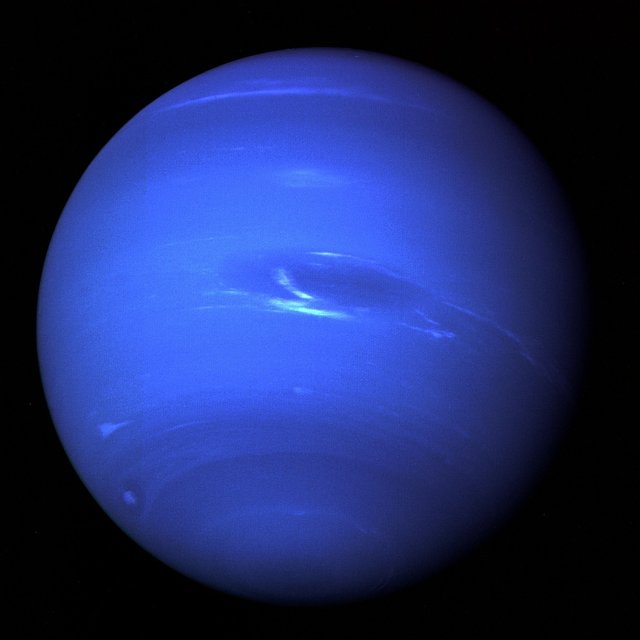
The blue gas giant Neptune was discovered on 23rd September, 1846. It is the farthest of the known planets from the Sun and takes about 165.8 years to complete its revolution around the Sun. Image: Pixbay, CCO.
The Jovian planets which are well-spaced from each other, and beyond the inner planets, receive lesser solar radiation in comparison to the inner planets. Hence, they are relatively cooler. The typical temperature on Jupiter for example, gets as low as about -122oC and almost doubles on Neptune at -210oC. Hence, these planets are significantly cold. All of which proves that temperature plays a major role in determining which planet exists as an oven or a deep freezer!
Well, that isn't true. Despite the fact that mercury is closer to the sun in that the other planets, it isn't the hottest. Venus which stands at a distance of 0.72AU from the sun is comparatively hotter than Mercury, with a peak temperature of about 744K during the daytime. This is due to the same phenomenon we have on earth that's responsible for heating and the prevailing global warming:
Yeah, you guessed right, it's the Greenhouse effect.
You see, amongst the terrestrial planets, Mercury has no atmosphere at all. Venus, on the other hand, has an incredibly thick atmosphere which contains about 96% CO2 gas by volume. CO2 is quite notorious in Earth's atmosphere for its capacity to retain heat and increase global warming. With that, even though Venus has lands and mountains that could probably support life, such temperature makes it impossible for 99.9999% of the life we know on earth yet, and It's hard to tell how much longer life's toughest organisms (I.e; The Tardigrades) can survive such a hellish atmosphere.

Physical properties.
Comparing the physical properties this time, we still see similarities within each group member planets, and differences between them as well. Terrestrial planets -as the name implies- are terrestrial. This means they have physical properties made up of lands, rocks, sands and an atmosphere and they have mass as well as unique densities. Mercury is the only planet terrestrial planet without an atmosphere while Mars has the solar system's tallest mountains and it's deepest canyons.
So it is, that Venus has CO2 as its main atmospheric gas while Earth has its atmosphere filled with 70% nitrogen, and is the only planet with atmospheric oxygen mostly due to living organisms such as plants that help keep the cycle going.
The Jovian planets have substantially greater masses than the terrestrial planets, with Jupiter taking first place with its mass value over 318 greater than our earth's. However, the Jovian planets look bigger because they occupy more volume because they are made up of gases.
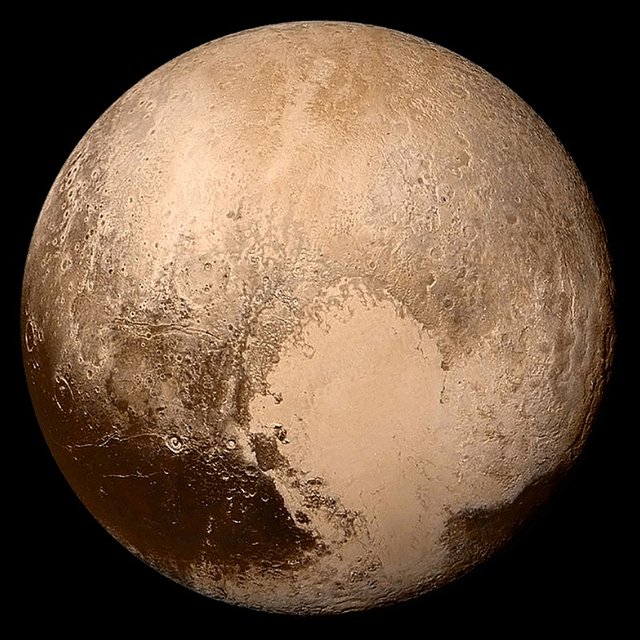
The planet Pluto. Image by NASA / Johns Hopkins University Applied Physics Laboratory / Southwest Research Institute. Public Domain, Wikimedia commons.
Using the formula M/V to divide mass by volume, it's easy to see that the Jovian planets aren't compact at all. This would imply that they are less dense than the terrestrial planets. Saturn, for example, has its average density less than that of water (1000Kg/m3) and all of that information suggests that the two possible gases that fit the puzzle are Hydrogen and Helium.
I should mention at this point that Pluto is the oddball out because it doesn't scale at all. it is no more classified as a planet but rather as a new class of planets called Plutoids or Dwrf planets for a couple of reasons.
First off, Pluto meets just two of the four basic requirements of what makes a planet a planet, and since it's an official rule by the International Astronomical Union (IAU), I'll be glad to lift it off a site and list it below:
1. A planet must orbit around a star.
2. A planet must have sufficient mass for its self-gravity to overcome rigid body forces so that it assumes a hydrostatic equilibrium (nearly round) shape.
3. A planet must neither be a star or a satellite.
4. A planet must have cleared the neighbourhood around its orbit.source
Of the above requirements, Pluto fails in numbers 2 and 4, though not every member of the science community agrees. It has been delisted from among the planets.
Pluto isn't as big as the Jovian planets. Rather, it is smaller than all of the inner planets. For that reason, we would expect it to be more compact than the Jovian planets and just as dense as the terrestrial planets. However, with all that compactness, it is not! Pluto's density is much similar to the Jovian planets and its physical properties do not seem to fit in any of the categories of planets, leading astronomers to suggest that Pluto might have been an escape-moon from Neptune. To explain its weird compactness, scientists have discovered that it is so cold out there on Pluto that even gases exist as ice, as it should be, considering that it is 39.53 times as far away from the sun as earth is
Well, there's a lot more about Pluto we could discuss, but I suppose this is enough brain-dump for the day. I'd rather have my readers understand and enjoy my articles than lose concentration along the way.
Hence, I shall continue next time with the movement ( rotation, and revolution) exhibited by the planets in the solar system, as well as their natural satellites (moons), and space debris like asteroids. I will be putting up a more complete table for quick facts we could use as referential purposes as well. Until then, stay safe.
Thank you for reading.
References
Answers in Gen. -- Pierre Laplace Nebular hypothesis.
Big history -- Our Solar system.
The talking Democrat -- Why Pluto isn't a planet anymore.
If you write STEM (Science, Technology, Engineering, and Mathematics) related posts, consider joining #steemSTEM on Steemit.chat or DDiscord here. If you are from Nigeria, you may want to include the #stemng tag in your post. You can visit this blog by @stemng for more details. You can also check this blog post by @steemstem here and this guidelines for help on how to be a member of @steemstem. Please also check this blog post from @steemstem on proper use of images devoid of copyright issues here


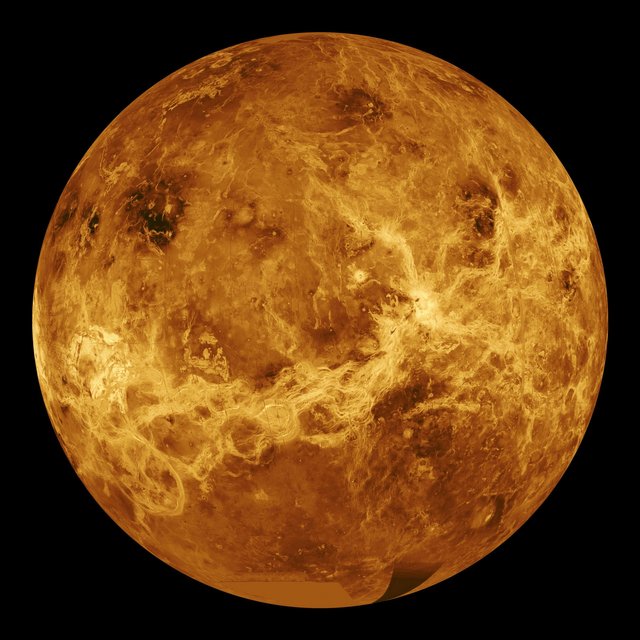
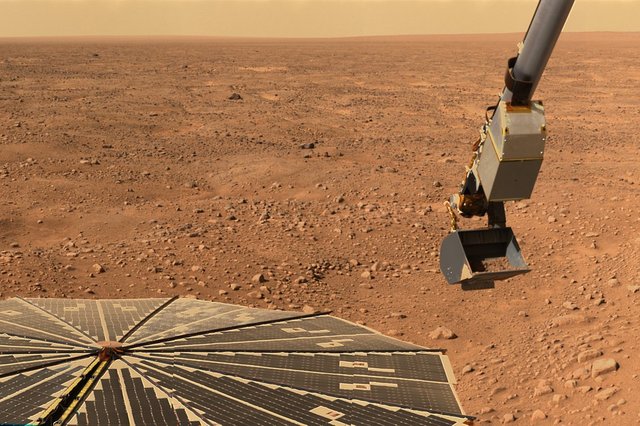
Congratulations! Your post has been selected as a daily Steemit truffle! It is listed on rank 5 of all contributions awarded today. You can find the TOP DAILY TRUFFLE PICKS HERE.
I upvoted your contribution because to my mind your post is at least 22 SBD worth and should receive 149 votes. It's now up to the lovely Steemit community to make this come true.
I am
TrufflePig, an Artificial Intelligence Bot that helps minnows and content curators using Machine Learning. If you are curious how I select content, you can find an explanation here!Have a nice day and sincerely yours,

TrufflePigGood bot.
UPVOTE! https://steemit.com/news/@bible.com/6h36cq
This must have taken a lot of time to put together. Well done! Thank you for stopping by my page.
Yes, it did. You're welcome, I hope you took a glance though. There's a lot to take in here.
Stay close now. :-D
Hi @pangoli!
Your post was upvoted by utopian.io in cooperation with steemstem - supporting knowledge, innovation and technological advancement on the Steem Blockchain.
Contribute to Open Source with utopian.io
Learn how to contribute on our website and join the new open source economy.
Want to chat? Join the Utopian Community on Discord https://discord.gg/h52nFrV
Nicely written @pangoli
I used to think mercury was the hottest planet too. I wonder what will become of this world after 100years and counting. With the speed we are moving at, I am quite optimistic that mankind would be inhabiting another planet besides mars. Thanks for the information
yeah, given the advance in tech methods these days, it's very possible. do you have any place in mind? facts to support your supposition maybe? I'm interested. :-D
We could even take over an exoplanet. check out this video at the science world festival.